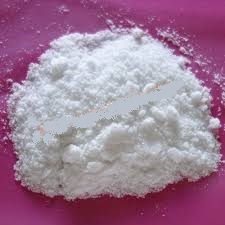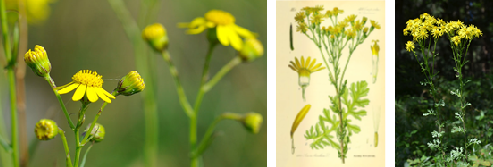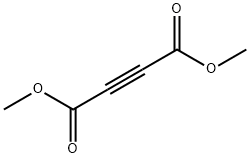The Uses of Dimethyl acetylenedicarboxylate
Aug 27,2019
Dimethyl acetylenedicarboxylate (DMAD) is an electron-deficient acetylenic compound having two reactive ester groups. It is a privileged and advantaged molecule, which participates easily and practically in heterocyclization. Due to the presence of two ester electron-withdrawing group, DMAD easily undergoes Michael addition, which is followed by heterocyclization to afford versatile heterocyclic compounds with different ring sizes. DMAD carries out Diels–Alder reactions under mild conditions to give heterocycles, which could not be easily synthesized via conventional heterocyclizations.
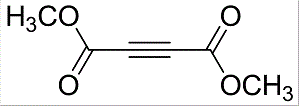
Uses
Use of DMAD has opened a precious gateway to synthesize some important fused-ring heterocyclic systems that are neither readily obtained by alternative paths nor by using commercially available starting materials.
Dimethyl acetylenedicarboxylate is a di-ester in which the ester groups are conjugated with a C-C triple bond. As such, the molecule is highly electrophilic, and is widely employed as a dienophile in cycloaddition reactions, such as the Diels-Alder reaction. It is also a potent Michael acceptor.This compound exists as a colorless liquid at room temperature. This compound was used in the preparation of nedocromil.
Preparation
Although inexpensively available, DMAD is prepared today as it was originally. Maleic acid is brominated and the resulting dibromosuccinic acid is dehydrohalogenated with potassium hydroxide yielding acetylenedicarboxylic acid. The acid is then esterified with methanol and sulfuric acid as a catalyst.
- Related articles
- Related Qustion
- Dimethyl acetylenedicarboxylate - Reaction / Application on Synthetic Work Nov 20, 2019
Dimethyl acetylenedicarboxylate (DMAD) is a useful precursor in organic synthesis. DMAD can undergo Cu(I)-catalyzed radical addition with acetophenones to yield furan derivatives.
Phenacetin (or acetophenetidin) is a pain-relieving and fever-reducing drug, which was widely used between its introduction in 1887 and the 1983 ban imposed by the U.S. Food and Drug Administration.....
Aug 27,2019Organic ChemistryThe phytotoxin Senecionine is one of over 660 known secondary metabolites of the pyrrolizidine alkaloid (PA) subclass. It is one of the major compounds found in plants of the genus Senecio (ragwort) belonging to the Asteraceae family. In total, PAs have been found in 350 different plant species but estimations suggest they may occur in about 6,000 species or 3% of all flowering plants worldwide.....
Aug 27,2019Natural ProductsDimethyl acetylenedicarboxylate
762-42-5You may like
Dimethyl acetylenedicarboxylate manufacturers
- Dimethyl acetylenedicarboxylate
-

- $10.00 / 1KG
- 2025-06-12
- CAS:762-42-5
- Min. Order: 1KG
- Purity: 99%
- Supply Ability: 10 mt
- Dimethyl acetylenedicarboxylate
-
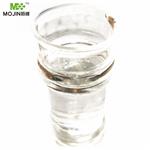
- $0.00 / 25KG
- 2025-05-16
- CAS:762-42-5
- Min. Order: 1KG
- Purity: 99%
- Supply Ability: 50000KG/month
- Dimethyl acetylenedicarboxylate
-

- $1.50 / 1g
- 2025-04-18
- CAS:762-42-5
- Min. Order: 1g
- Purity: 99.0% Min
- Supply Ability: 1Ton




